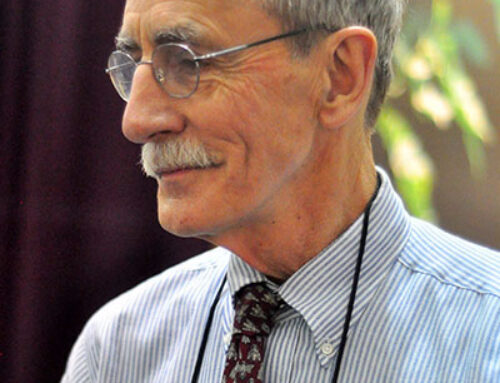Bee colony life history is an annual cycle that syncs with bee forage resources.
During the rainy season, colonies are smallest; at this time, beekeepers may supplement with sugar feeding. As the season changes, supplementary sugar syrup feeding stimulates colony growth as the availability of flowering plants increases. Now, the bee population increases as bees forage for pollen and nectar, and strong colonies store surplus honey. This is when beekeepers may harvest incoming pollen.
The period of greatest nectar availability – the nectar flow – is when colony populations should be at their greatest strength. Older foragers leave the hive to collect the abundant nectar from plants. Bees ripen and store nectar as honey for their own use; under favorable weather conditions, strong colonies will store more honey than they need. At this time, beekeepers attempt to promote storage of extra reserves by adding empty frames to collect surplus that can subsequently be harvested.
At the end of the season, when bees decrease in size, beekeepers remove surplus frames from the hives.



